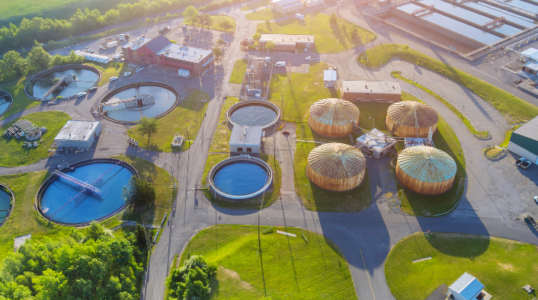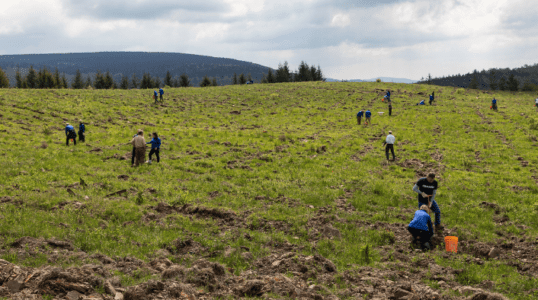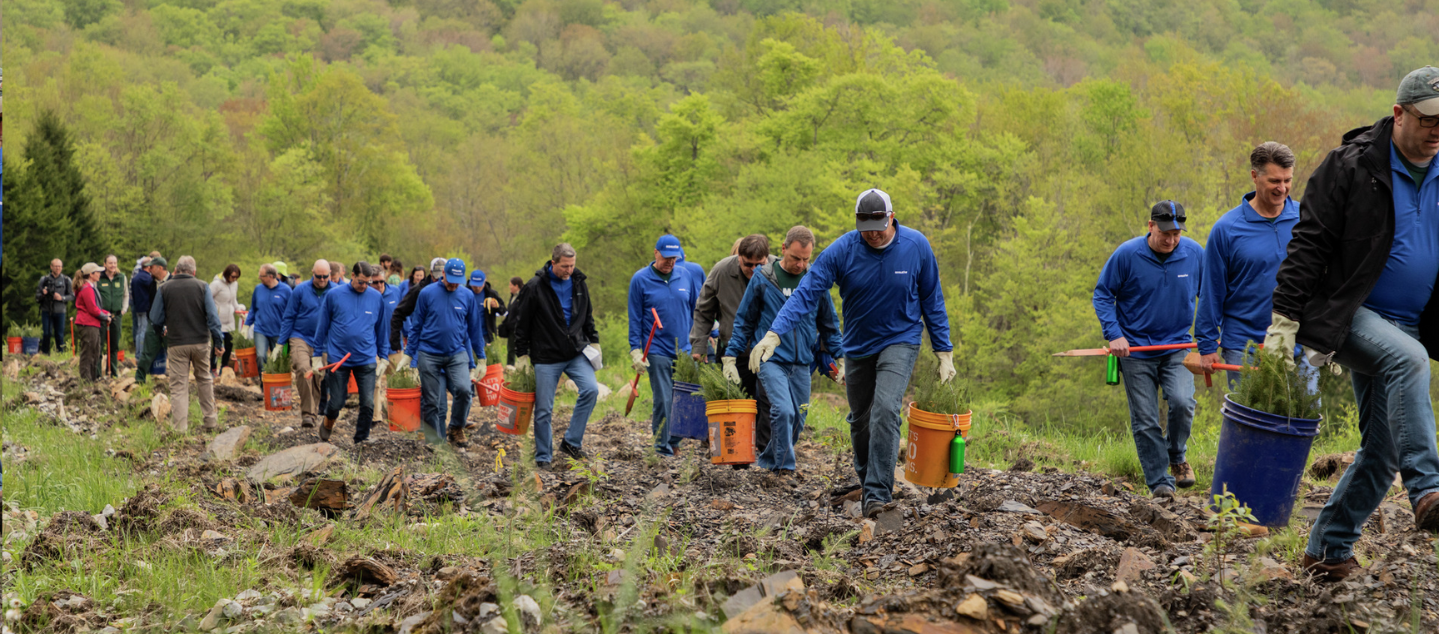The coal mining industry is undergoing a major transformation as digital technologies are being adopted to improve efficiency, safety and productivity.
What is digitalisation?
Digitalisation refers to the use of data, analytics, automation, artificial intelligence and other digital tools to enhance the performance of mining operations.
Advantages of Digitalisation
- Improving health and safety by using drones, wearables, and smart helmets.
- Optimising mine planning by using advanced algorithms and simulations.
- Improving equipment using cloud storage and sensors.
- Increasing transparency and traceability by using blockchain to track and verify coal’s origin, quality, and quantity.
- Minimising coal’s environmental footprint with renewables, carbon capture, and data monitoring.
Mining Technologies
-
A Digital Twin is a modern, digitally simulated version of the physical world. Offers advanced visualisations and user-friendly interfaces to assist the operator in understanding what is going on in the mine.
Contains three other significant applications:
- Simulation
- Geospatial digital twins
- Network digital twins.
Advantages to Digital Twins:
- Digital twins help operators check performance, find issues, and avoid breakdowns.
- Digital twins improves safety training, lowers on-site risks, and increases emergency response readiness.
- Digital twins optimise processes by simulating various parameters, enhancing efficiency, and minimising waste.
- Digital twins enhance mining sustainability through real-time environmental data integration for data validation and correction.
- Digital twins empower end users (operators, engineers and managers) with user-friendly interfaces, training, and feedback mechanisms.
-
Innovative Wireless Technologies (IWT) is creating a high-precision tracking solution accurate to one foot.
The tracking solutions, integrated into mine management processes, allow for quick decision-making and adjustments to changing conditions.
This complements the supplier’s expanding range of products for real-time tracking of assets and personnel in underground mines and on the surface.
-
Artificial Intelligence analyses vast amounts of data quickly.
It also provides precise stockpile measurements, a task that can now be done quickly and cost-effectively in-house.
-
Virtual Reality enhances class engagement and student awareness of hazards.
VR increases safety by recognising hazards and blind spots.
-
Most large-scale coal mines have constructed digital geological models of their coal mines.
Models simulate and define coal deposits, resulting in a more precise visualisation.
The geological model can be continuously updated due to the volume of data it collects.
-
The coal mining industry uses a range of engineering techniques to design the layout and dimensions of an underground mine workings so that surface subsidence can be anticipated and controlled.
-
There are also a number of other mining innovations that ensure coal mines can improve their environmental and social governance performance and transition towards low emissions operations through several measures:
- Efficiency Improvements: Maintaining high combustion efficiency at flares, gas engines, and related equipment through process control systems can help reduce emissions.
- Hazard Elimination: Eliminating hazards such as underground storage tanks and polychlorinated biphenyl compounds can reduce environmental risks.
- Substitution of Environmentally Sound Products: Replacing harmful products with environmentally friendly alternatives, such as using detergents instead of chlorinated solvent cleaning solutions, can help improve environmental performance.
- Waste Minimisation and Recycling: Implementing extensive waste-minimisation and recycling efforts can significantly reduce the environmental impact of coal mining operations.
- Electrification: Transitioning to electric vehicles and machinery can reduce the reliance on fossil fuels.
- Renewable Energy Use: Utilising renewable energy sources for operations can significantly reduce carbon emissions.
- AI and Machine Learning: These technologies can gather enormous amounts of data to inform operational decisions, including those affecting the environment.
- Automation: Implementing automation in mining operations and equipment can reduce energy costs.
- Methane Abatement: Methane is a potent greenhouse gas that is often released during coal mining operations. Implementing measures to capture and utilise this methane can significantly reduce the environmental impact of coal mining.
Water Management
Coal mine operations work to improve their water management, aiming to reduce demand through efficiency, technology and the use of lower quality and recycled water. Water pollution is controlled by carefully separating the water runoff from undisturbed areas from water which contains sediments or salt from mine workings. Clean runoff can be discharged into surrounding water courses, while other water is treated and can be reused in processes such as dust suppression and in coal preparation plants.

Dust & Noise Management
During mining operations, the impact of air and noise pollution on workers and local communities can be minimised by modern mine planning techniques and specialised equipment. Dust at mining operations can be caused by trucks driving on unsealed roads, coal crushing operations, drilling operations and meteorological impacts.
Dust levels can be controlled by spraying water on roads, stockpiles, and conveyors. Other steps can also be taken, including fitting drills with dust collection systems and purchasing additional land surrounding the mine to act as a buffer zone. Trees planted in these buffer zones can also minimise the visual impact of mining operations on local communities.

Land Rehabiliation
Under best practices, before a coal mining permit can be awarded, studies of the immediate environment are carried out to identify potential problems and review the existing conditions. The studies look at the impact of mining on surface and ground water, soils, local land use, and native vegetation and wildlife populations.
Reclaimed land can have many uses, including agriculture, forestry, wildlife habitation and recreation.

